PARKLAND PLAZA
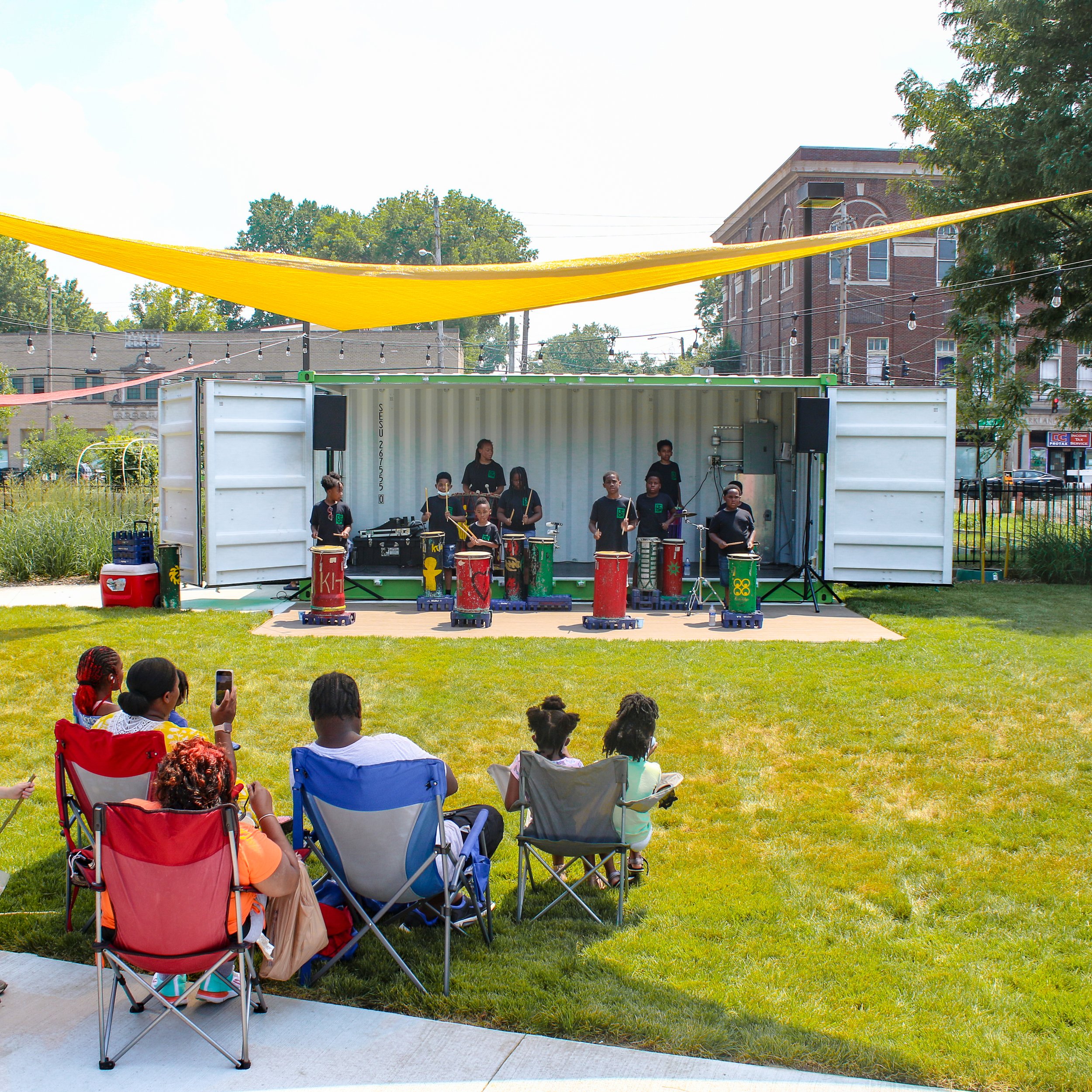

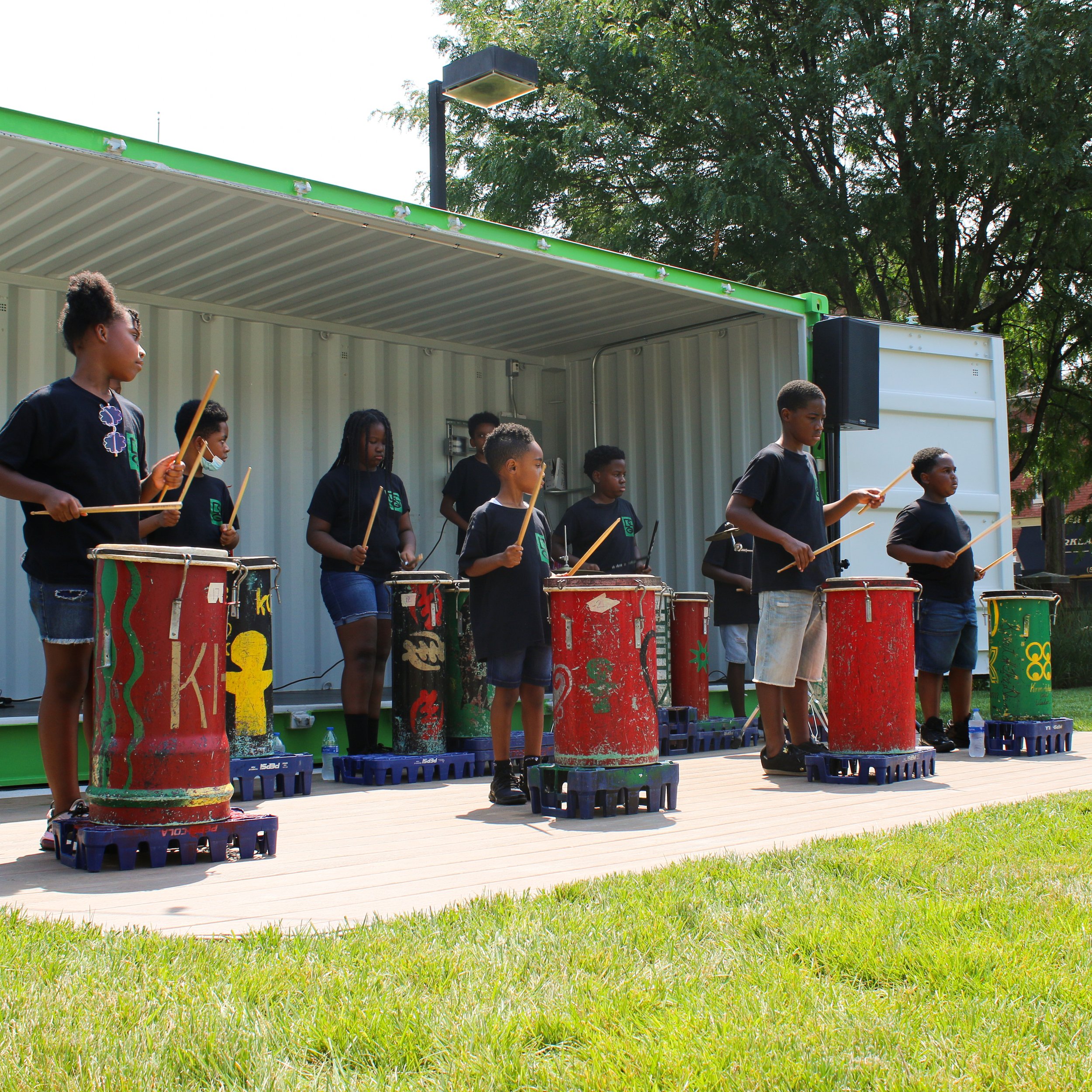

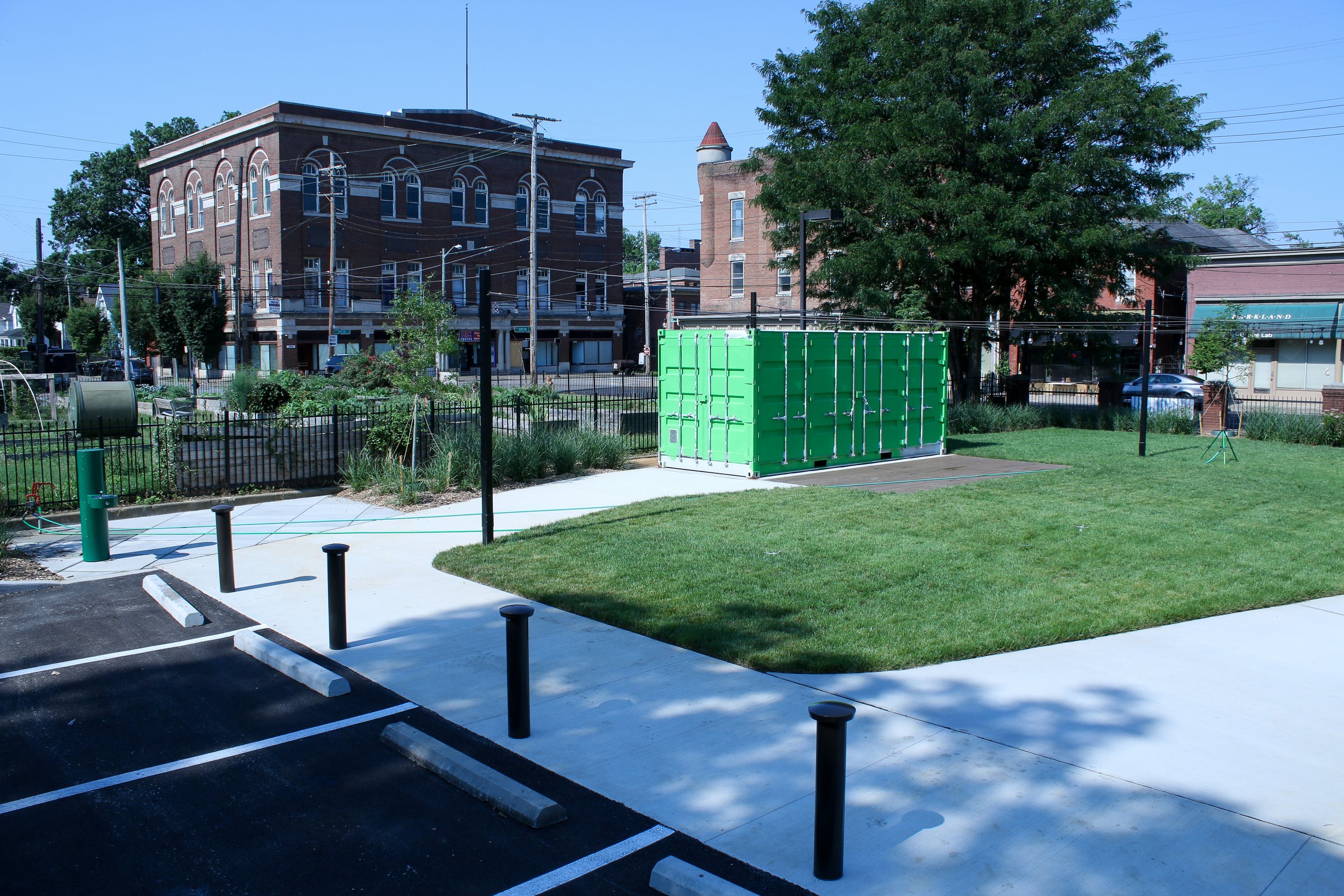


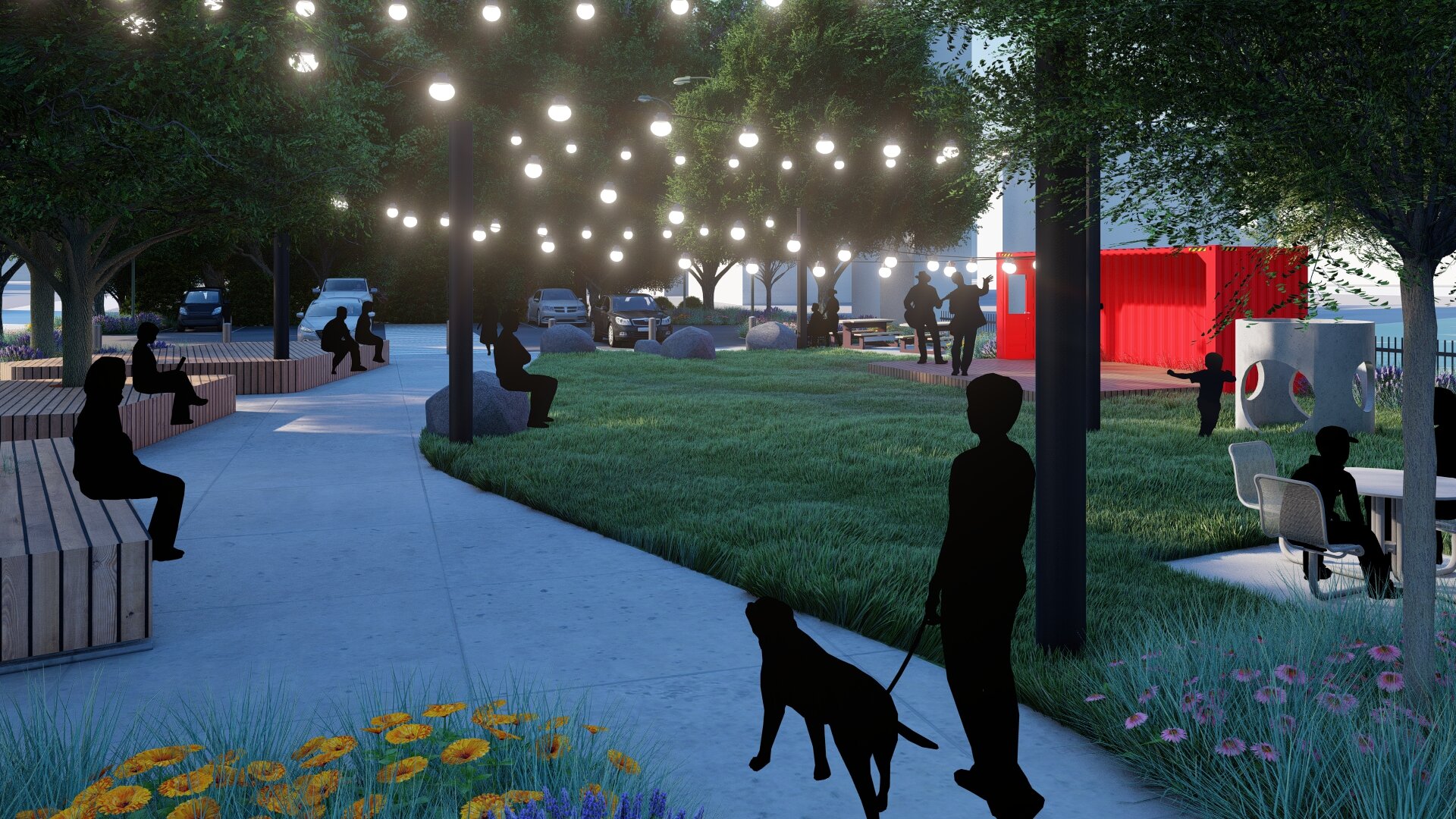
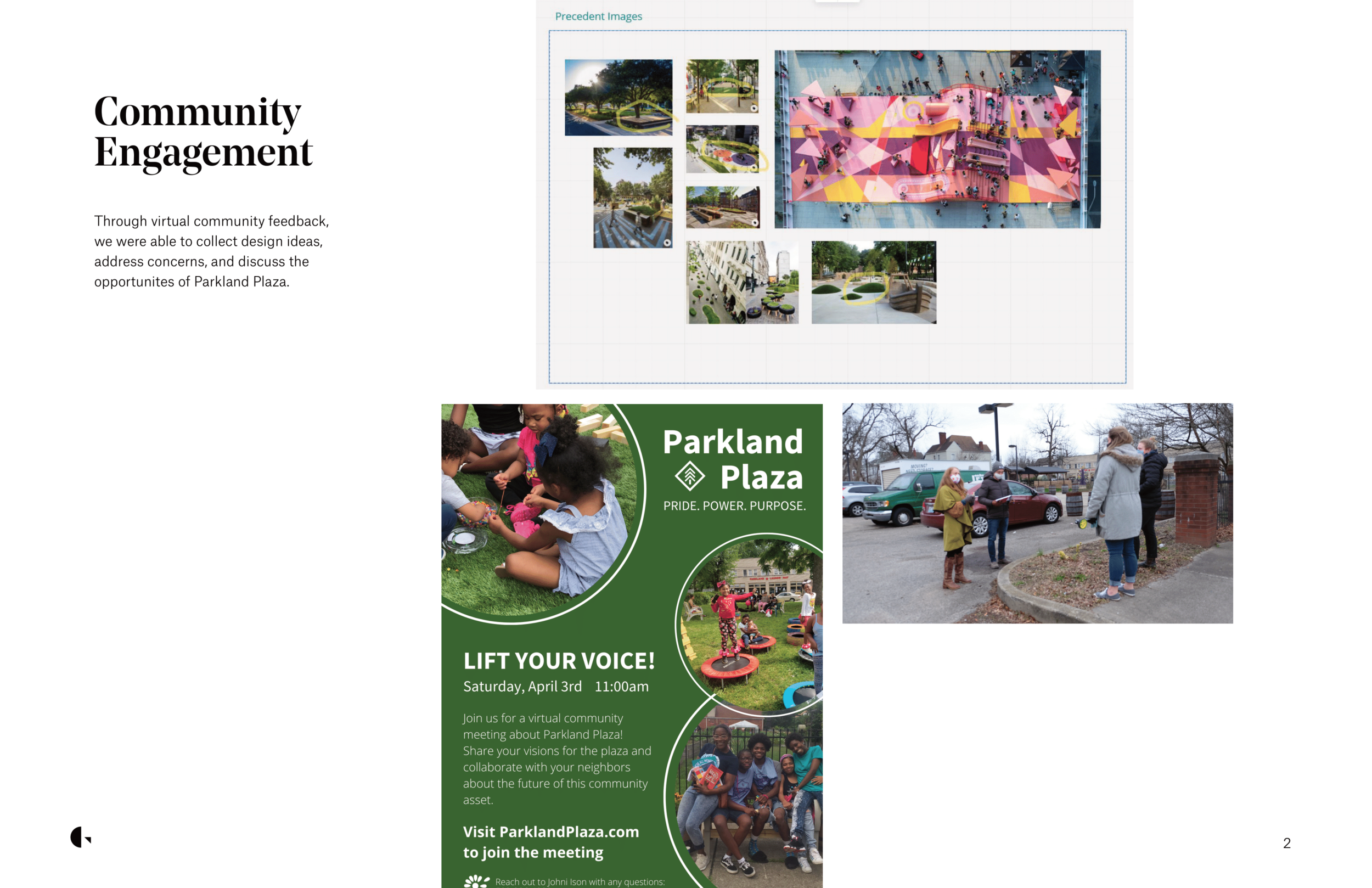
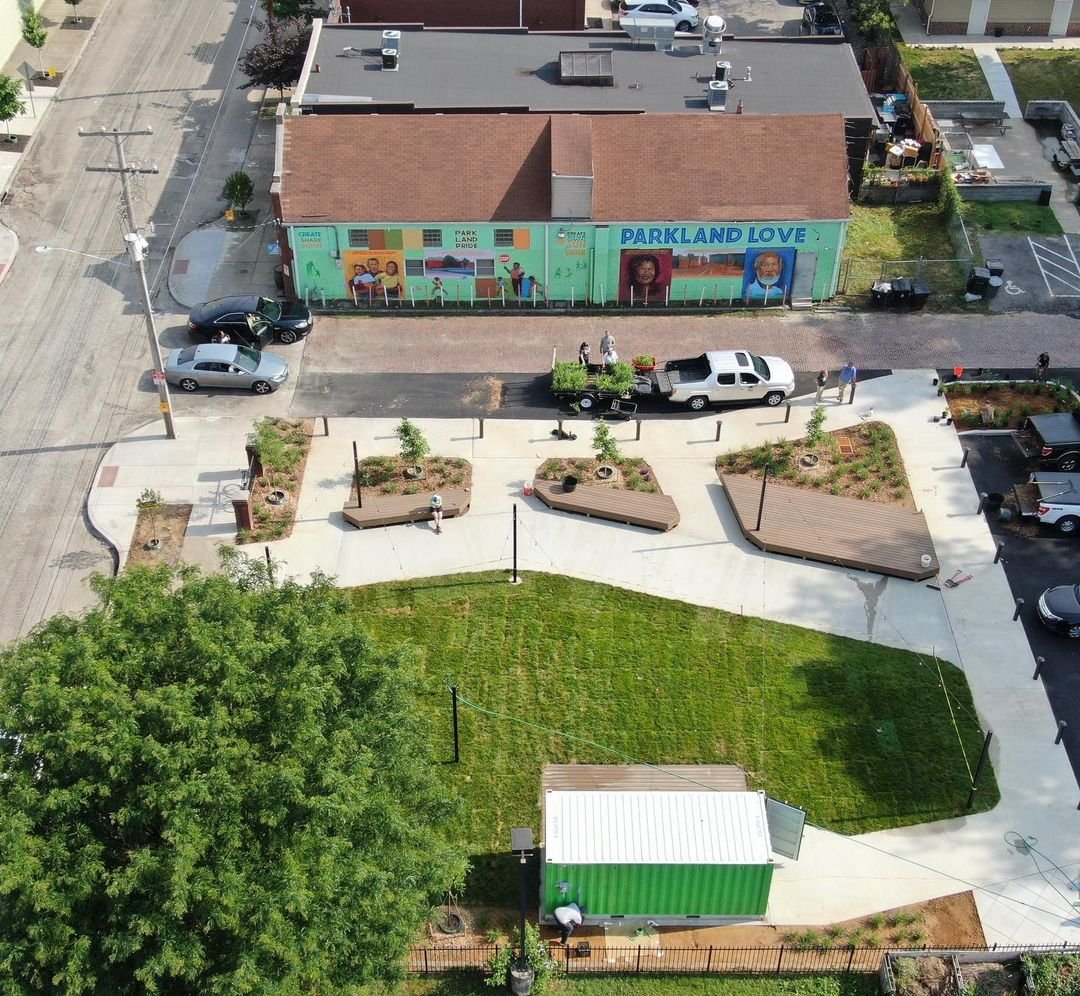
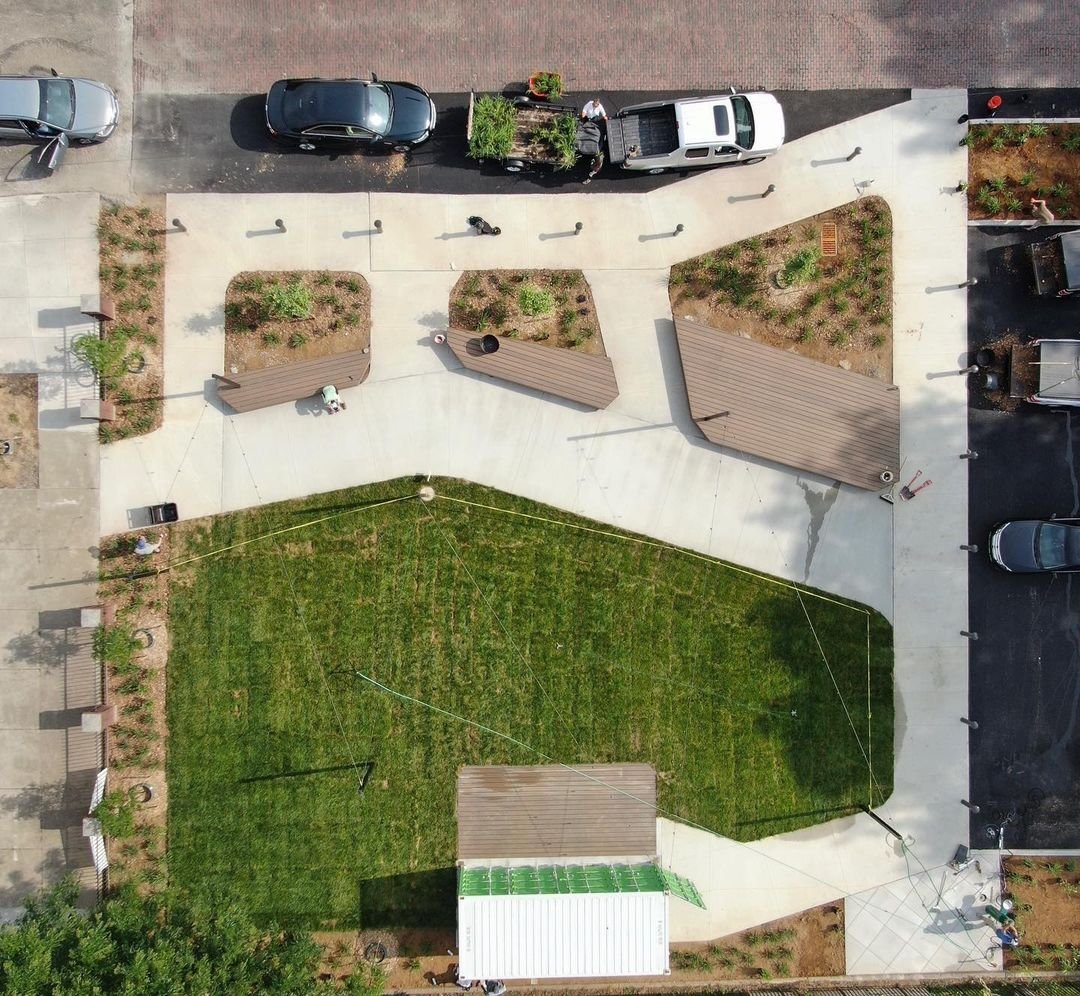

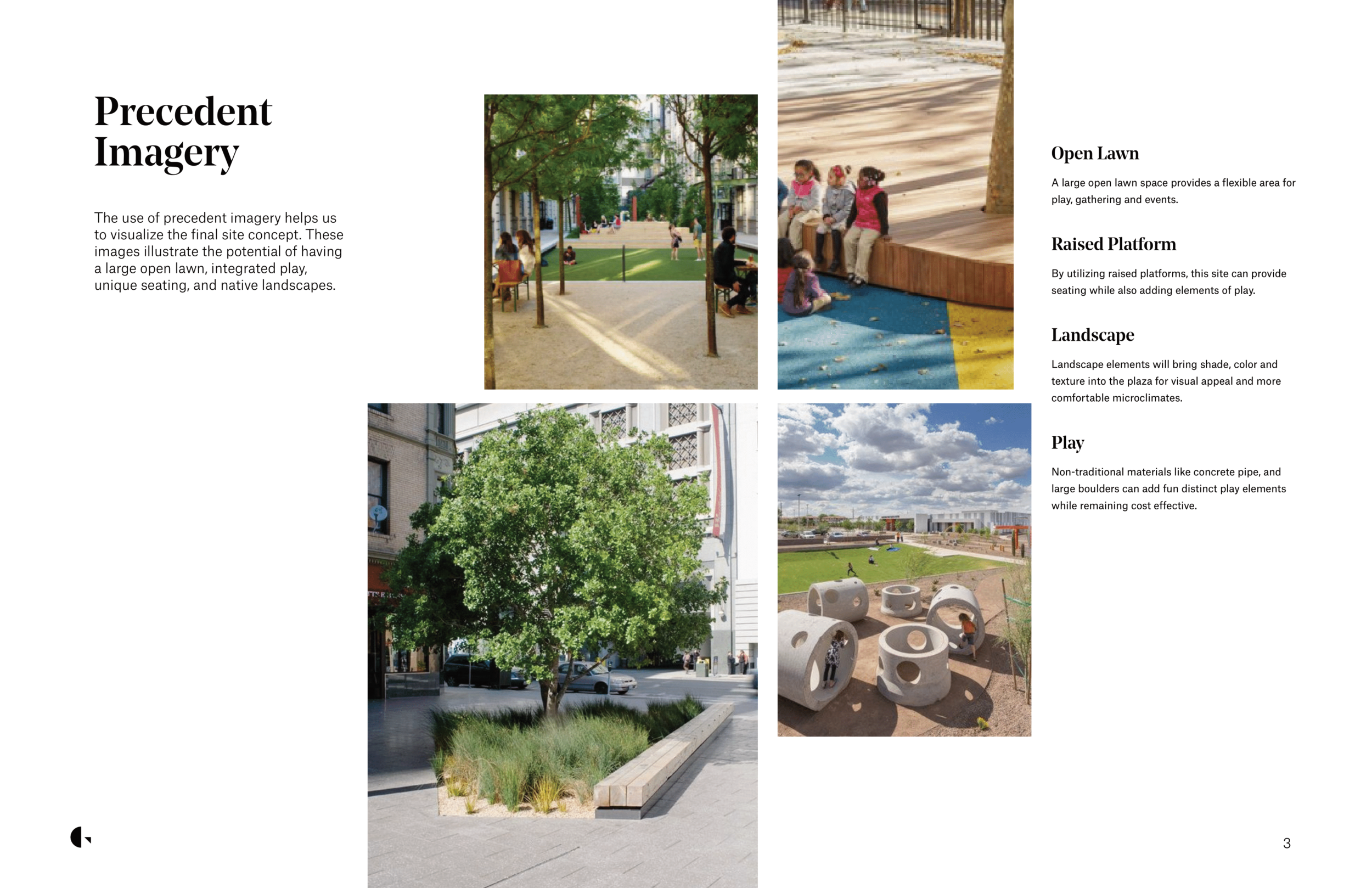
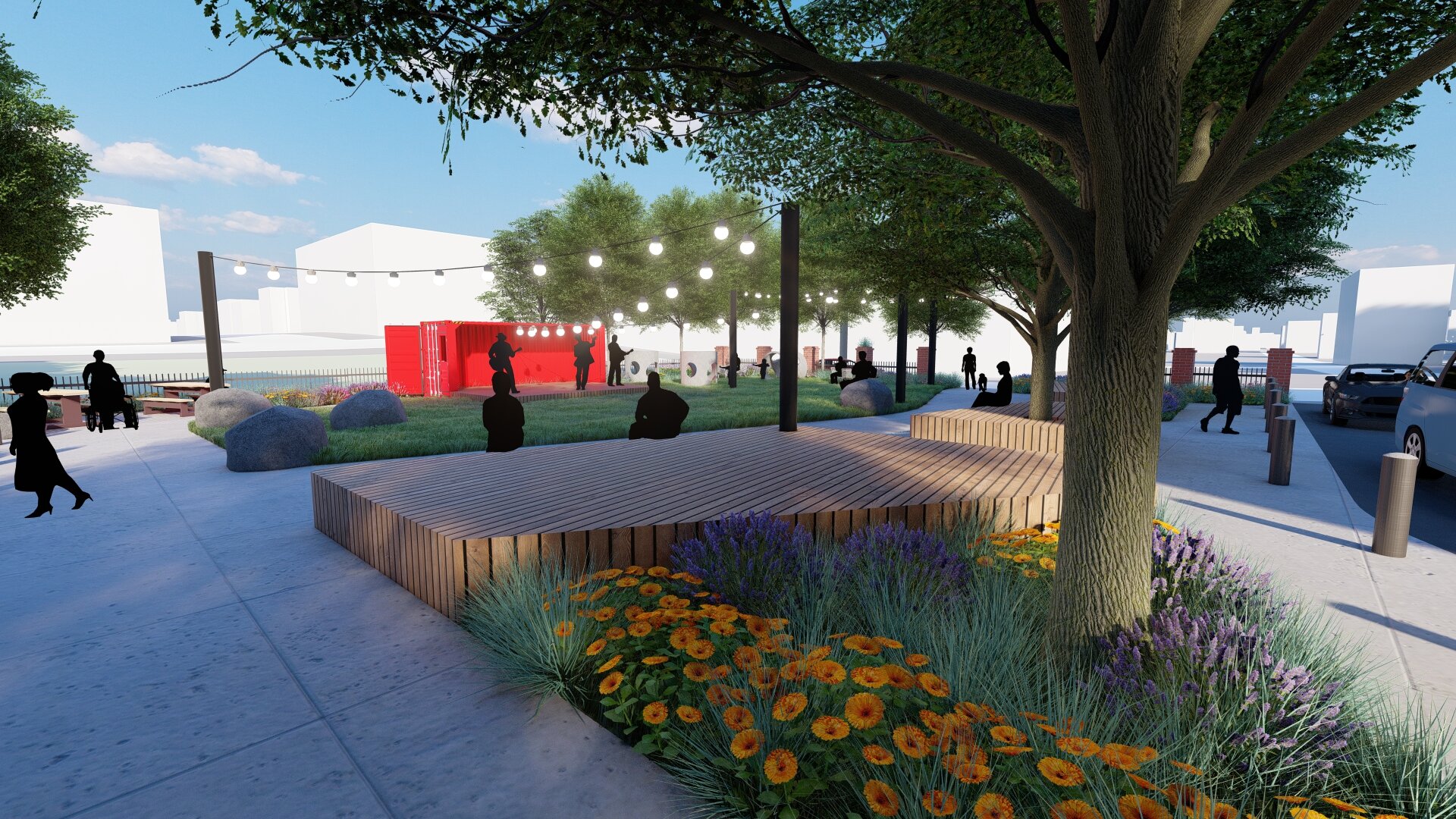
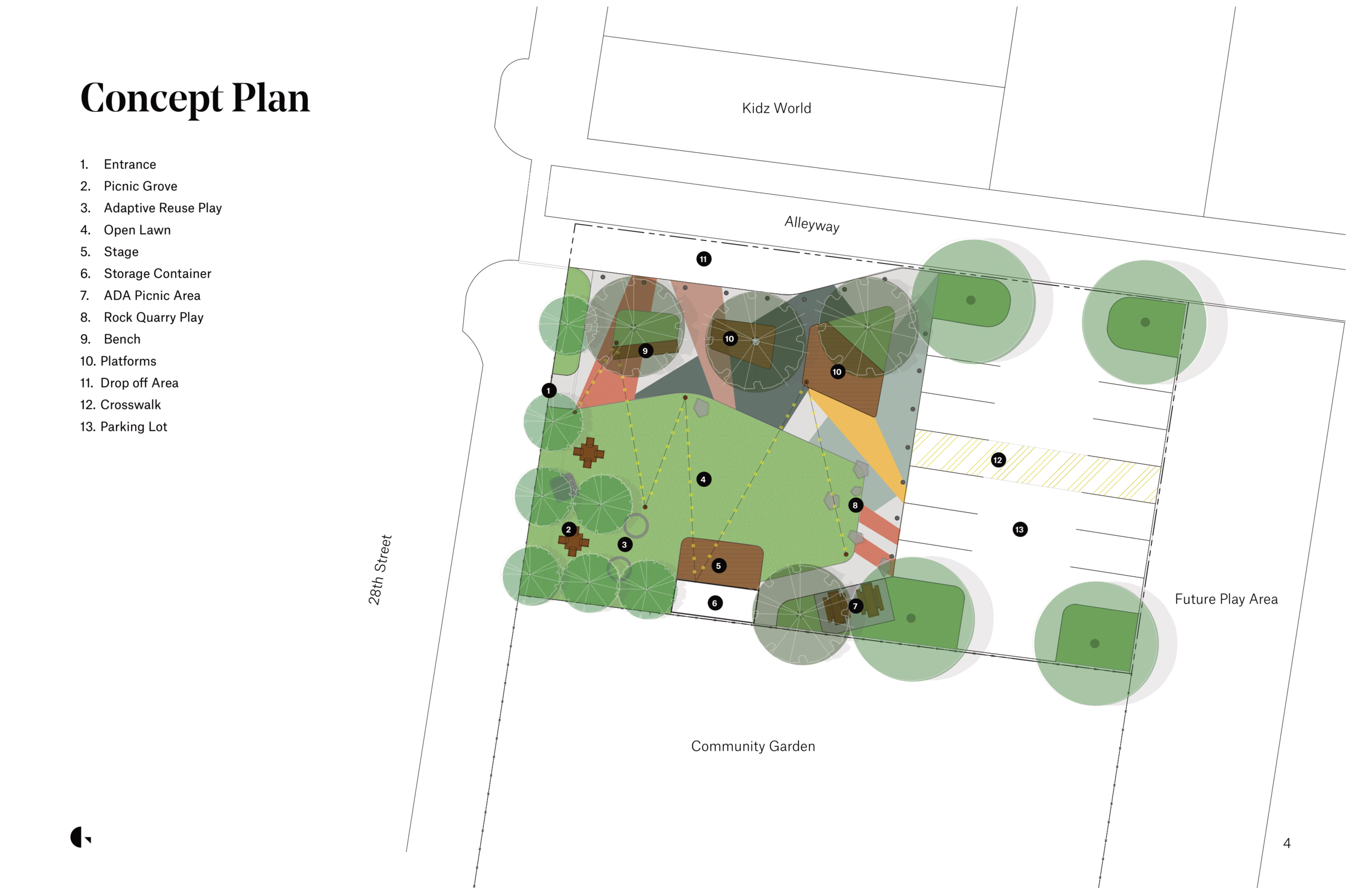
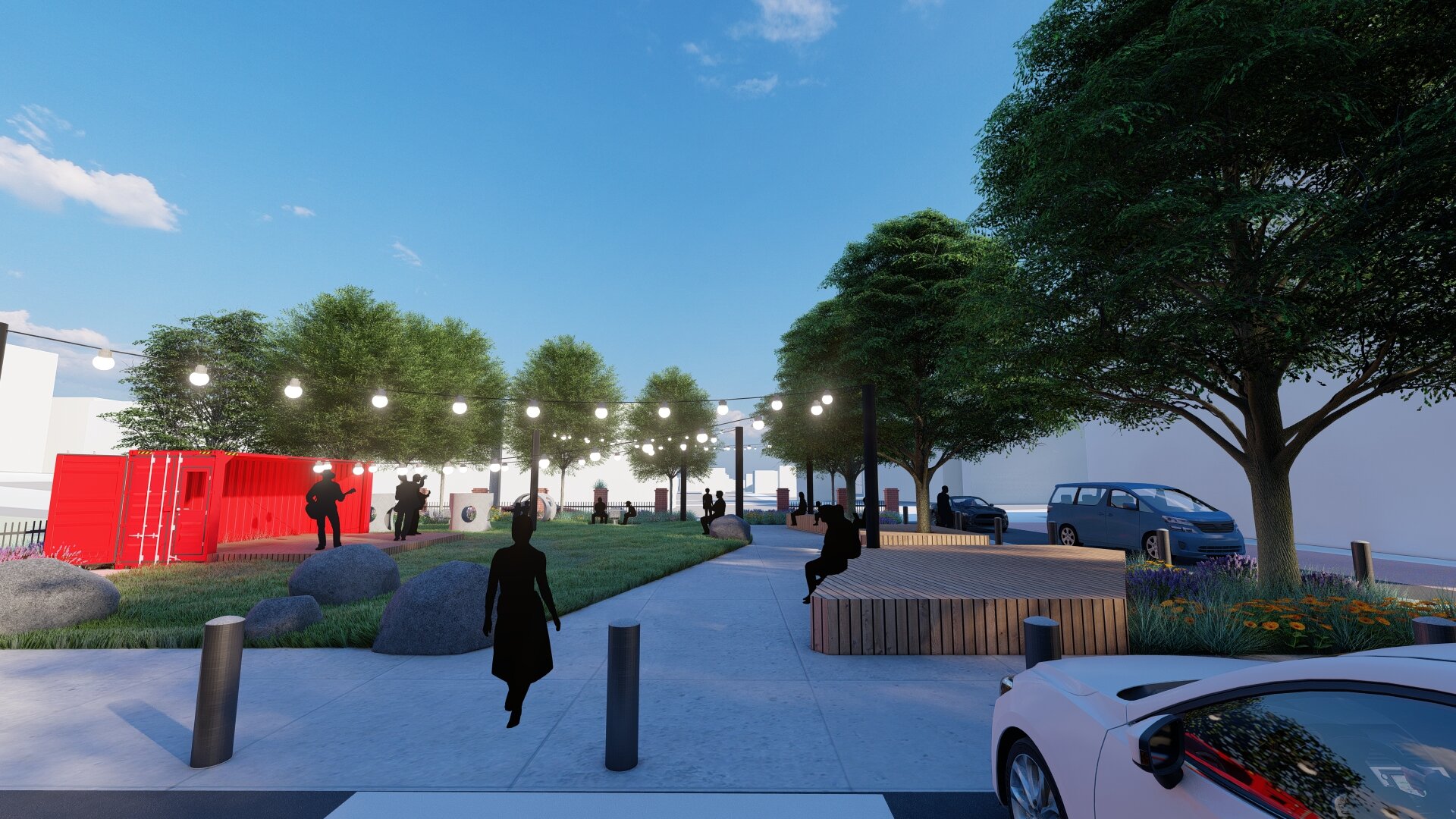
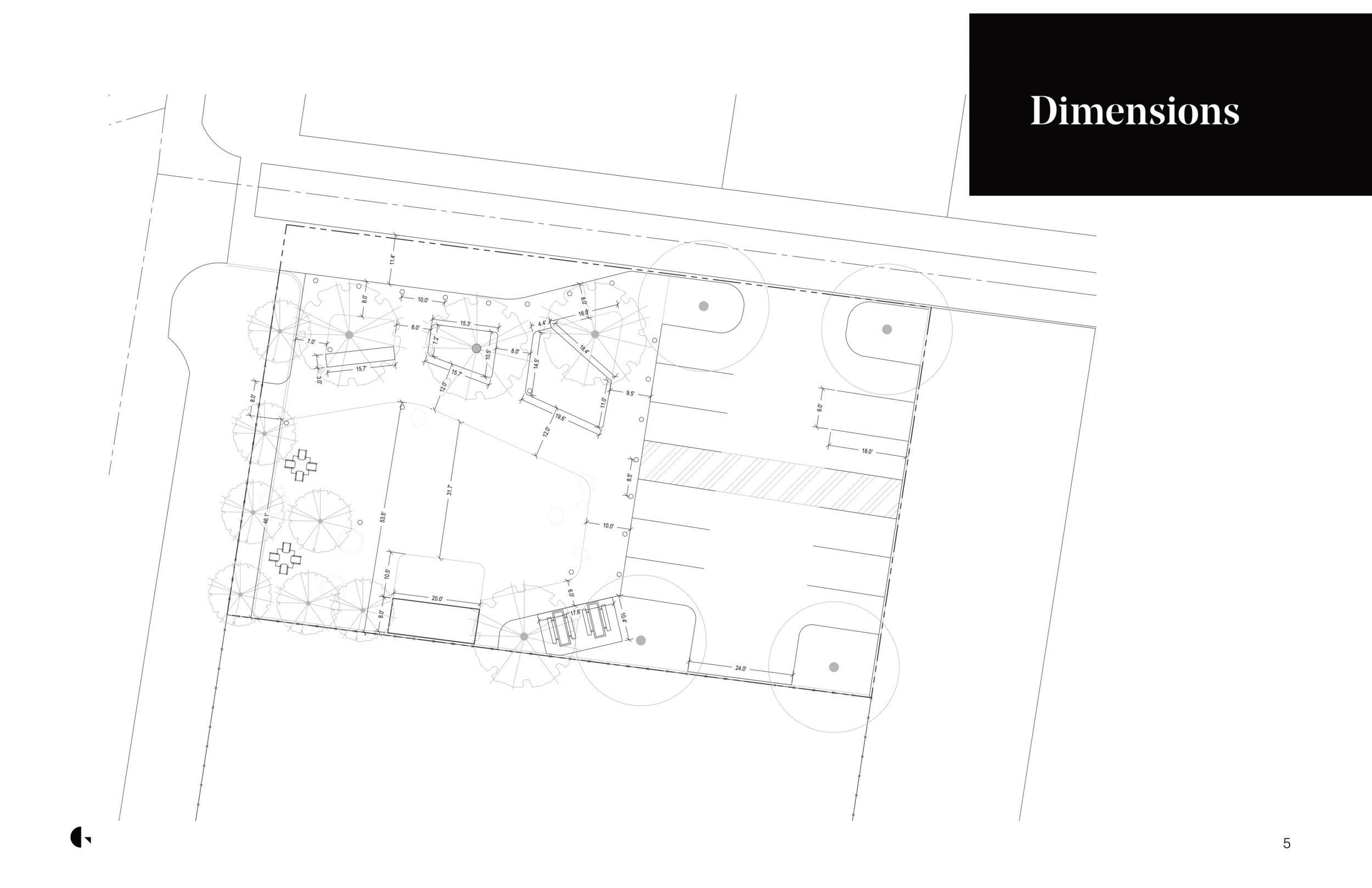
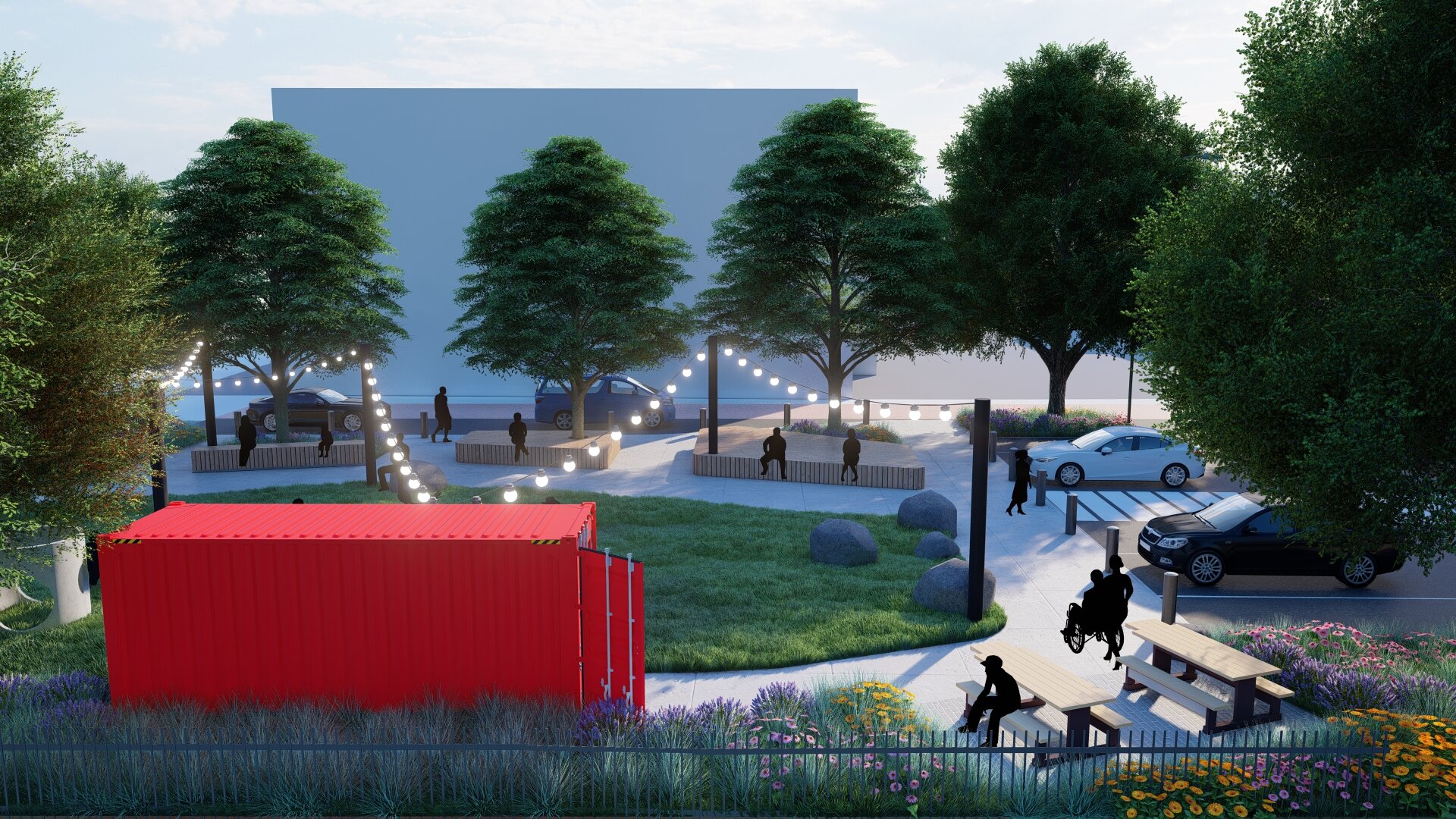






For more information, opportunities, and updates please join our newsletter.
One of the original black families to move to Parkland were the Cotters. In the 1870s, Joseph S. Cotter’s family left their lives as slaves on a Bardstown, Kentucky, plantation to start anew in Parkland’s growing, and promising, township. Forty years later, in the early 20th century, the whole place had become a vibrant hub, inhabited mostly by African American tradesmen, preachers, teachers, homemakers, small farmers, and families. This period of Parkland’s history, now about 100 years ago, is captured in memory thanks to “Homecoming Week,” a commemoration celebration that drew regional attention in the summer of 1916. Joseph S. Cotter, the principal of the neighborhood’s S. Coleridge–Taylor school, organized a week-long celebration to commemorate 25 years of Parkland.
At the time of “Homecoming Week” there were “700 colored homes, six churches, seven groceries, one drug store, owned by A.J. Duncan, president of the Parkland Improvement Club and Mayor of ‘Little Africa,’” as well as “five bricklayers, six carpenters, nine concrete workers, one blacksmith, two paperhangers, three contractors and builders, three plasterers, two ice men, two farmers, and two doctors.
“Homecoming Week” was about more than celebrating the health and prosperity of the predominantly black community; the Parkland Improvement Club also wanted to generate interest and support for modernizing the area with improvements like smooth “cinder” pathways, mailboxes, and lamp posts. In 1916, Parkland and Louisville were connected via paved roadways and even streetcars, but this was a collective effort around beautifying the little township.
gold-medial champion boxer, 3x world heavyweight champion, and humanitarian
nationally-recognized, award-winning founder and president of the Parkland Neighborhood Improvement Association, founder of the Parkland Alliance Neighborhood Association, founder of the West Louisville Childcare Alliance, 42nd District Representative for Kentucky House, and Director of the Kentucky Commission on Women
author of “From Parkland to the River’s Edge”, organizer of Parkland Historical Society, Jefferson County Public Schools teacher, founder of Scribes Inc
owner of Stovall’s Drywall Construction Company, co-owner of Friel & Stovall’s Hardware & Variety Store, member of Parkland Prince Hall Grand Lodge, NeighborWorks namesake for George W. Stovall Award
"On May 27, 1968, a massive demonstration was held at 28th and Greenwood to protest an incident involving alleged police brutality a few weeks earlier. Speaking from the roofs of automobiles parked at the intersection, a number of young activists criticized police actions towards black citizens. Others declared that Stokely Carmichael, a well-known national figure, was en route, but that local officials would not permit his flight to land in Louisville. As the rally was ending, the sound of a bottle breaking was mistaken for a gunshot and chaos erupted. Police, already stationed nearby, arrived in minutes, promoting a major confrontation between them and the angry crowd. Over the next few days, a major urban riot engulfed much of West Louisville. Two young African Americans died, 472 were arrested, millions of dollars in property was destroyed and the community was haunted by searing images of police and the National Guard units patrolling local streets... Following the disturbances, many businesses and residents moved out of the neighborhood. Forty years later, the area remained one of the most neglected and economically depressed in the city."
Two Centuries of Black Louisville: A Photographic History (J. Blaine Hudson, Kenneth Clay, and Mervin Aubespin 2011)